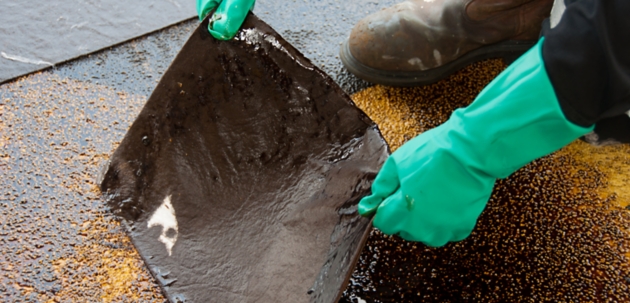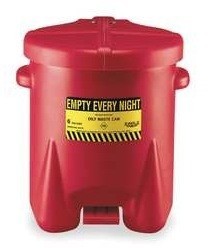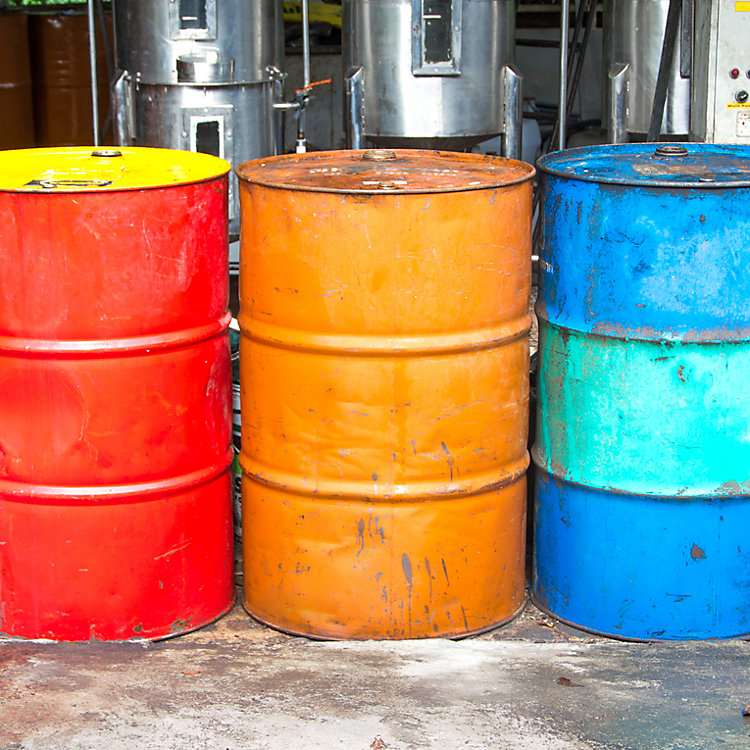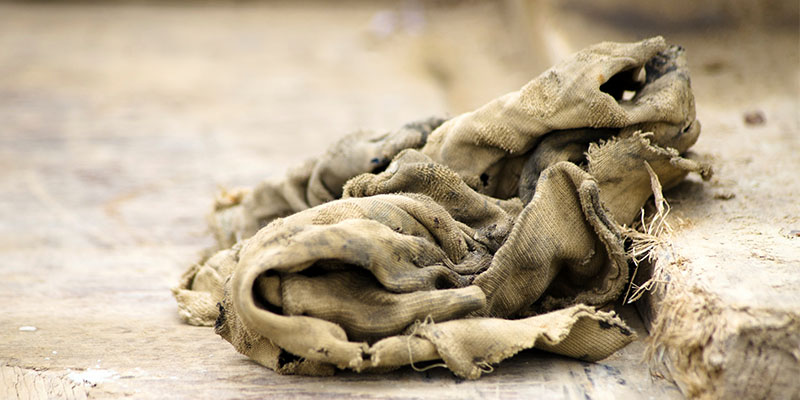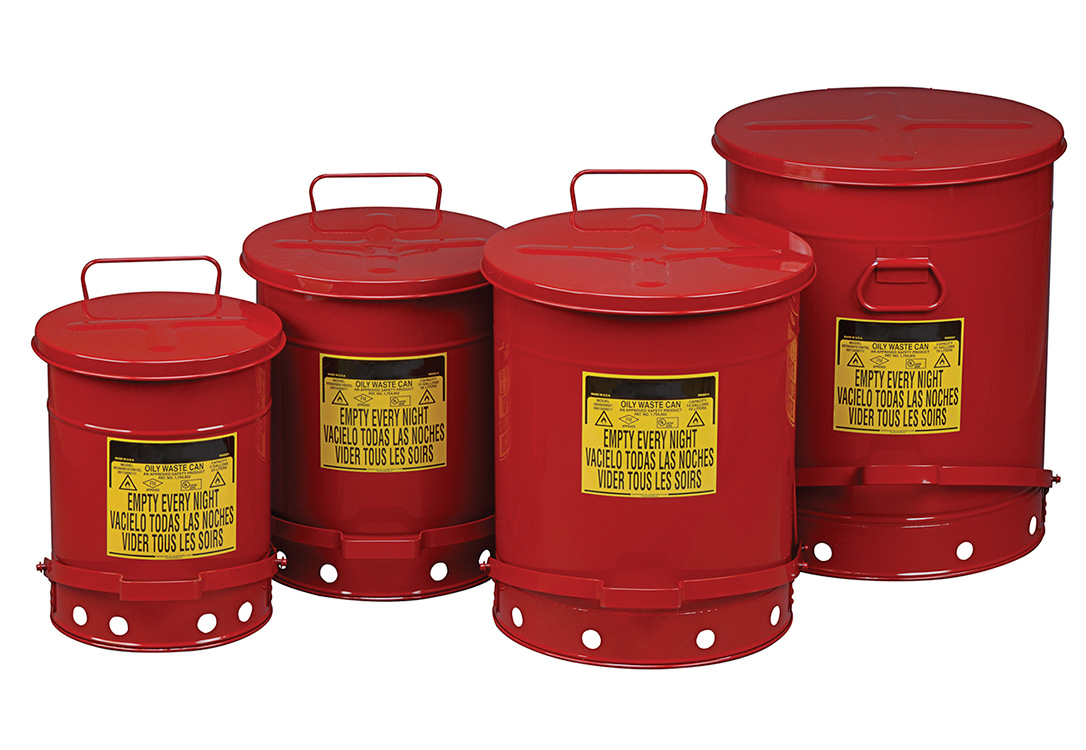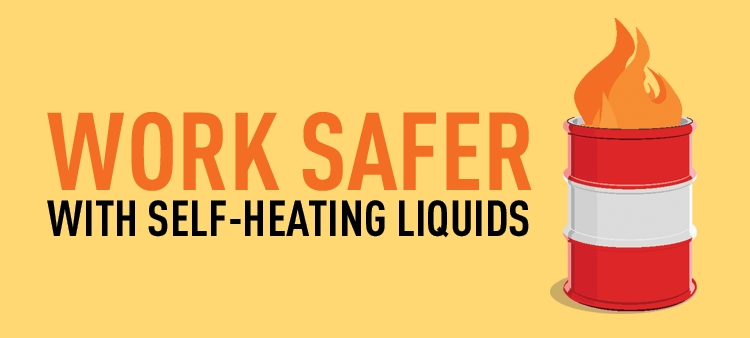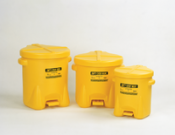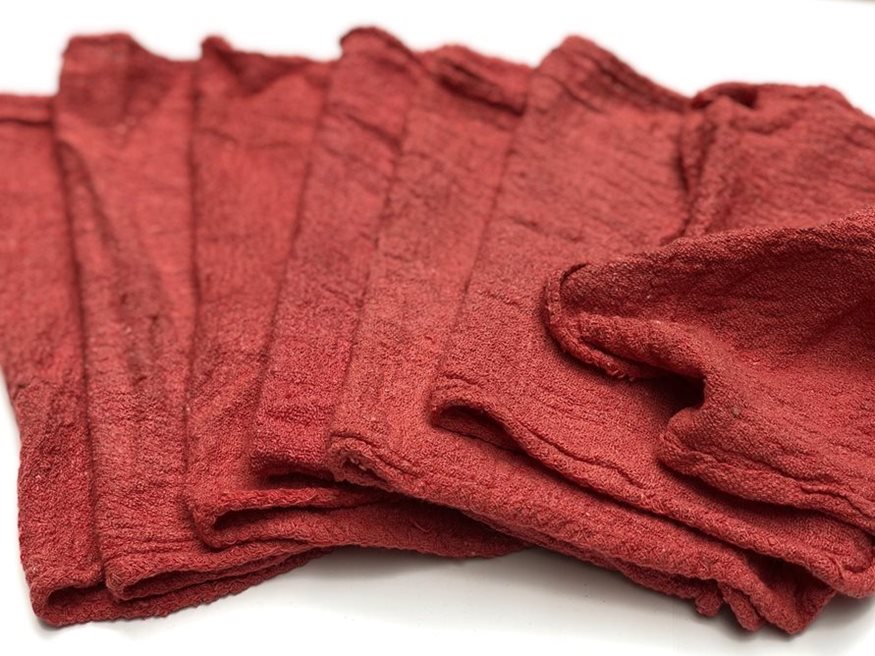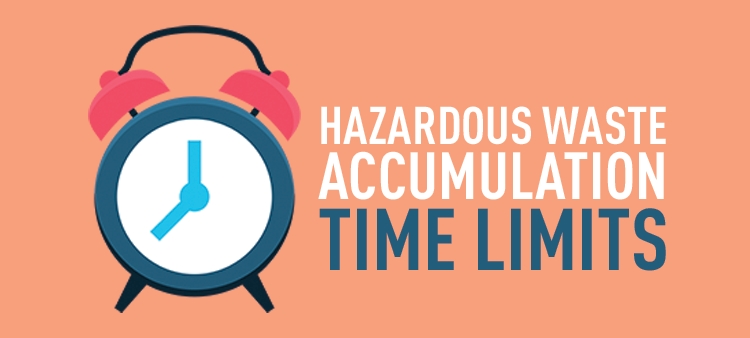Oily Rag Disposal Regulations

Managing used motor oil pdf 84 pp 6 09 mb about pdf provides a summary of the federal regulations and recommendations for used oil filters.
Oily rag disposal regulations. Used oil liquids disposal. 29 cfr 1910 106 allows daily disposal in such a container at or near the point where the waste is generated as contemplated by epa requirements which you have summarized. Used shop rags should not be wet or contain free liquids when stored. How to store and dispose of oily rags.
1926 252 e all solvent waste oily rags and flammable liquids shall be kept in fire resistant covered containers until removed from worksite. For those of you who are unaware of the safety hazards associated with oily rags in the shop news reports about shop fires started by improperly stored oil soaked rags are common place. Used motor oil oil filters and antifreeze can be recycled or beneficially used many service stations auto repair shops parts stores and local governments provide collection sites. And it s always the same story a wadded up oily rag combusts and leads to a total devistation fire as seen in the youtube video above and described in.
Chapter 7 of environmental regulations and technology. Rags which contain free flowing liquid must be treated as used oil products. As long as the lid is sealed you can keep the rags in the container until you re ready to take them to a disposal facility. Air dry before storing in designated containers.
Disposal of waste material or debris by burning shall comply with local fire regulations. Householders who change their own oil must manage their used oil appropriately e g by taking it to a used oil collection center etc and never disposing of it to land water storm drains etc householders are allowed to transport their own used oil to a used oil collection center or to a used oil recycling. Assuming the 55 gallon drum mentioned in your letter is equipped with a metal cover it would be suitable for daily disposal of combustible waste such as wipe rags. The epa does not regulate oily rags as a waste as long as the rags do not have any free flowing oil are free of any other hazardous contaminant and do not meet the definition of a characteristic hazardous waste.
The easiest and safest way to store and dispose of flammable oily rags is to soak them in water in a metal container with a lid. Separate oily rags from other used rags that may be potentially ignitable contaminated with solvents etc. Solvent contaminated wipes sent for disposal i e landfilling or incineration are excluded from hazardous waste regulation under 40 cfr section 261 4 b 18 known as the disposable wipes exclusion note however that the wipes sent for disposal continue to be considered solid wastes.



